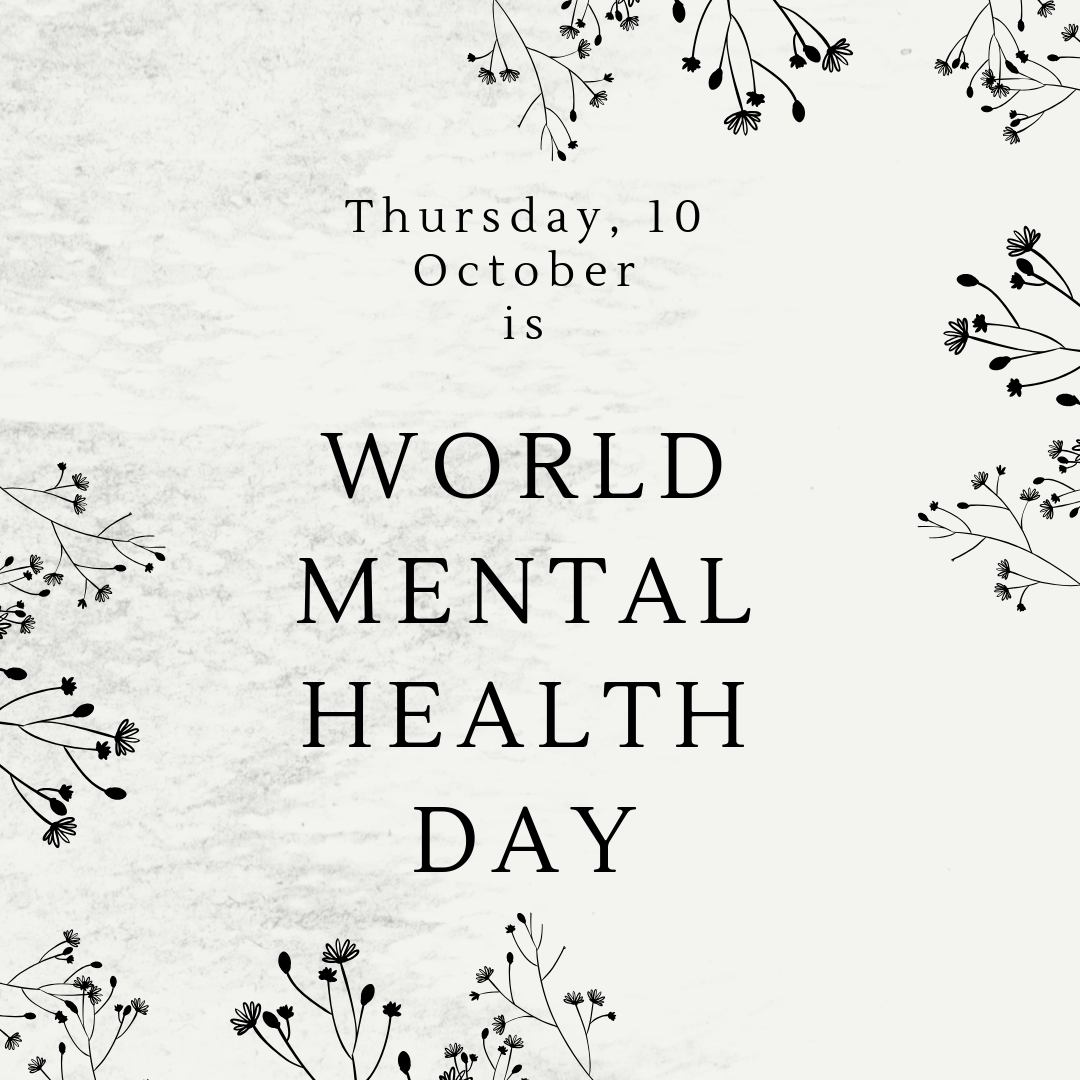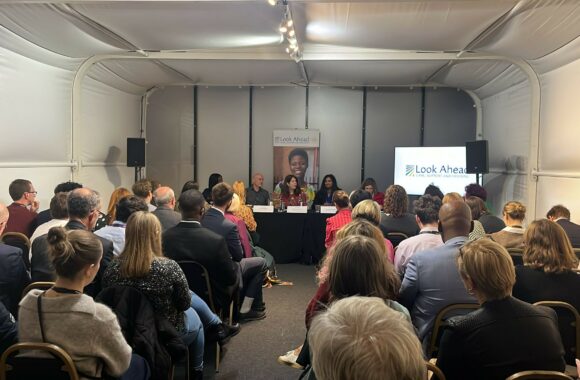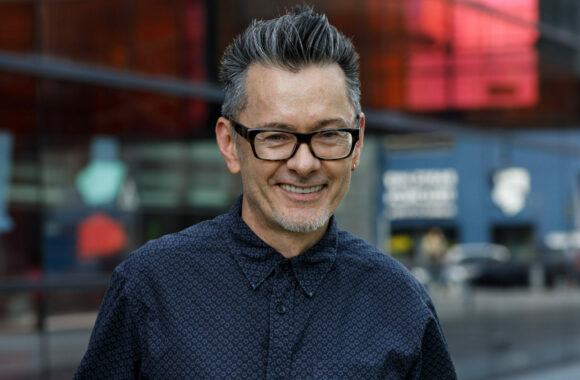
Mental heath affects one in four people in any given year. These range across all spectrums from young and old if you were to put your ears to the various news cycles around the world today there is every probability you will definitely encounter words and phrases such as depression, anxiety, bipolar disorders… in every media format from personal blogs to major news corporation studios. This is huge and very significant.
At the forefront of the support for people affected with mental health we have volunteers, family members, carers, support staff, agencies and professional bodies who are have taken the huge responsibility of supporting and managing the needs of mental health clients. They are the eyes, ears and hands that make sure that clients are being supported and administered to in a compassionate and humane way to offer a helping hand as well as ensuring a more productive life. They are the ones that are there daily to aid the recovery process.
No doubt this duty is very challenging but do not despair. There are various methods that are available to us today that have been proven to be effective when employed properly. One of these is methods is Creativity.
Researchers have found that creativity affects the brain and body and leads to benefits like increased mood, decreased anxiety, heightened cognitive function, reduced risk of chronic illnesses and improved immune health. This I can attest to from personal experience because in my own case my mood improves tremendously whenever I pick up the pen and write a few lines of poetry and some other form of creative writing.
Research has also proven time that activities such as drawing, painting, or moulding objects from clay has been scientifically proven to help people to deal with different kinds of trauma.
What are the various creative activities you can think of right now?
Introduction of Creativity into the Mental Health Workspace
Professionals and support staff working with mental health clients need to employ various activities to aid and facilitate the recovery process of clients. Since it’s already been established that there is a link between creativity and mental health wellbeing, we should be flexible and creative in our thinking and approach to finding tailor made creative outlets that can be whole heartedly and easily embraced by our clients.
Applaud and encourage clients when they pick up the pen; when they dig that first patch of earth to plant a flower or grow their first set of crops; when they hold that paintbrush across the canvas; when they hum to the beat of the melody; when they pic up the mic.
Encourage. Encourage. Encourage. Applaud.
Allowing the artistic side to shine is essential to mental health and wellness. Besides, it’s been acknowledged that you should always do things that make you happy or elevates your mood. Right?
Did you know that some research has suggested that just the presence of art has played a part in boosting mental health?
What creative outlet can you think of right now that has helped your mood in the past?
One of the most noticeable benefits of having a creative practice or hobby is that it’s a way to elevate mood. If you were to ask most people why they pursue a creative hobby or outlet, they’d likely respond with something like “it makes me feel good”. Many people may not understand fully why their creative expression makes them feel good; they just know that it’s something they have to look forward to outside their normal routine.
The Case for Creativity in the Mental Health Sector
Creativity can defined as the act of turning new and imaginative ideas into reality. Another way of looking at this would be the ability to engage the mind to dream; dream new thoughts, explore new ways, the discovery of new and exciting things… and as professionals in the mental health workplace, we have a duty to guide our clients in scouting new ways of expressing themselves that will add meaningful joy and purpose to their lives.
Through all my work in the mental health sector, I have discovered that low mood seems to be a common thread with every client I have ever worked with. There is disengagement and disinterest with the daily grind of everyday life. Sometimes there is suspicion with the all important key sessions but throw in talk of football, artwork, dance or a musical and suddenly you can almost see a light glow in their eyes. Suddenly the lips are loosened, the body language seems a bit relaxed and stories at the back of their minds are brought to your attention.
Therefore it is expedient that we incorporate into our days and sessions creative activities that will engage the creative side of the brain which in turn could be developed into a hobby and a passion, pique their interests, engage their time, elevate their mood — which in turn will foster a better mental health and wellbeing.

